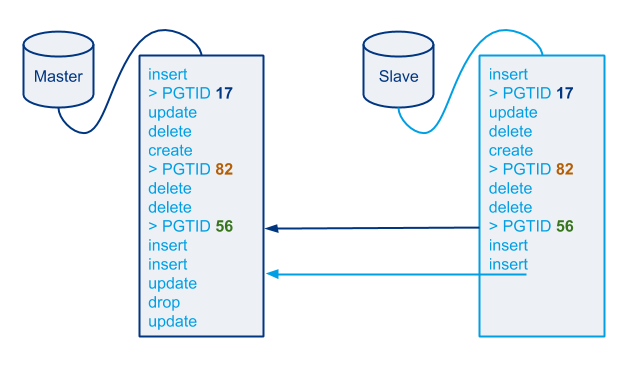Some notes after working with SHOW BINLOG EVENTS and SHOW RELAYLOG EVENTS statements; there are a few gotchas and some interesting facts. My reflections also follow.
I’m calling these commands from orchestrator when working with Pseudo-GTID (which I do alot). I prefer to work with agent-free design, where a single, remote service can do everything: examine replication status, scan binary logs for information, and recover broken topologies via gluing together servers that were not previously directly associated.
Alas, documentation is short on these commands, and some stuff I learned the hard way.
Basically, SHOW BINLOG/RELAYLOG EVENTS commands are a poor man’s replacement to mysqlbinlog, only you can issue them on MySQL protocol, and you do not have to have the binary/relay log files locally on your host.
Fun fact
The binary logs are called so because they are compressed. You are familiar with the binlog position you see on SHOW MASTER STATUS or SHOW SLAVE STATUS. You are familiar with the binlog position as you see it when you execute “mysqlbinlog mybinlog.001234”. The position of a new entry equals to the file size of the binary log at that time. If:
$ ls -l master/data/mysql-bin.015901 -rw-rw---- 1 user user 401408 Jul 18 02:44 master/data/mysql-bin.015901
Then the next entry will be at position 401408, as this is the file size in bytes.
And so when MySQL writes an entry to the binary log, it (of course) knows the entry’s position in the binary log, but then also immediately knows the position of the next entry.
We’ll revisit this fact later.
Output of SHOW BINLOG/RELAYLOG EVENTS
The output of both statement depends on the binlog_format. In Statement Based Replication it may look like: Continue reading » “On SHOW BINLOG/RELAYLOG EVENTS”
